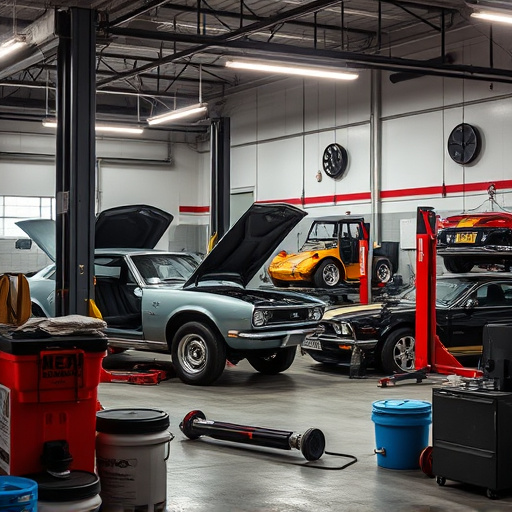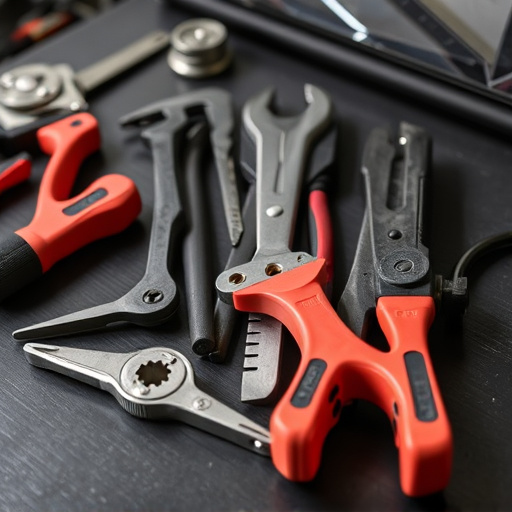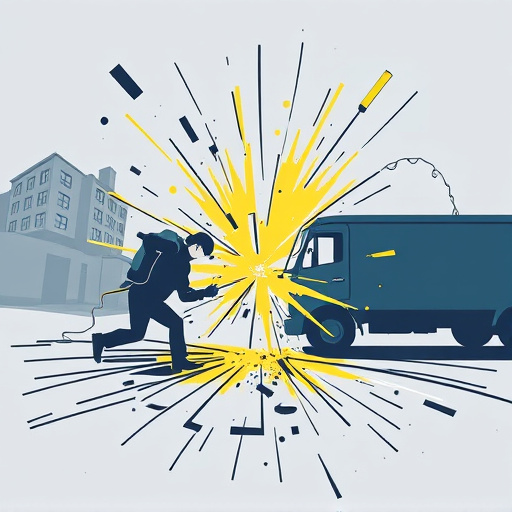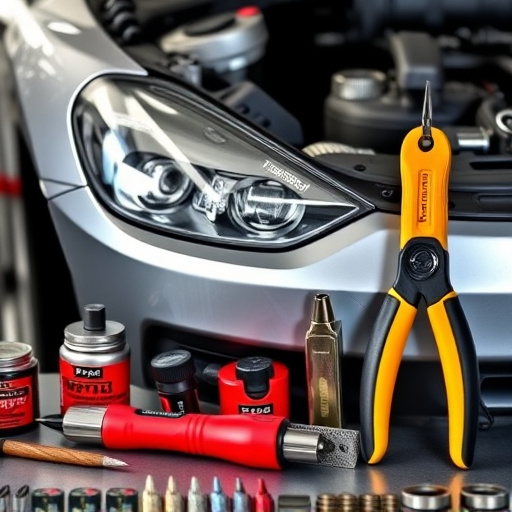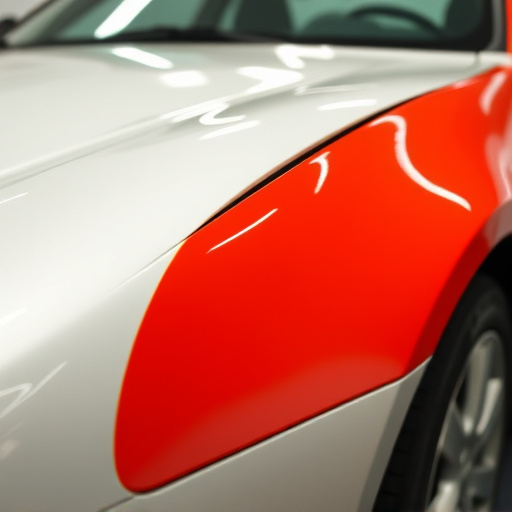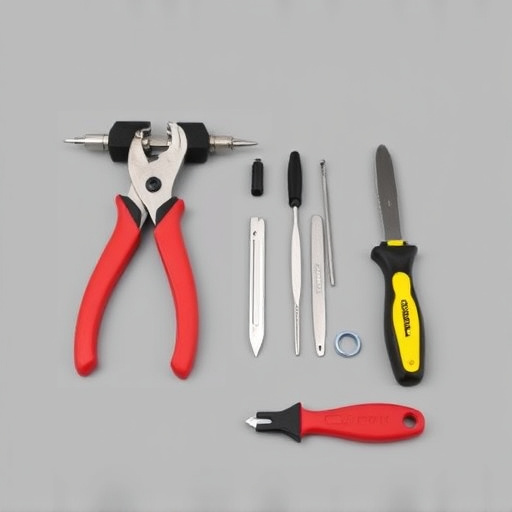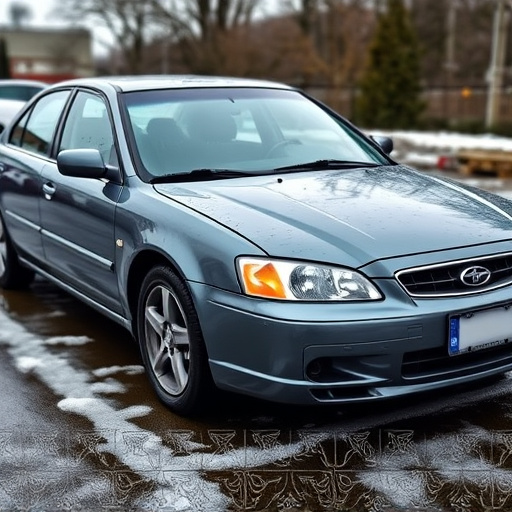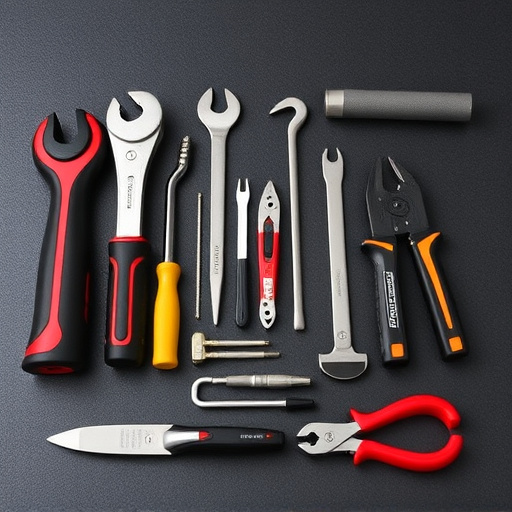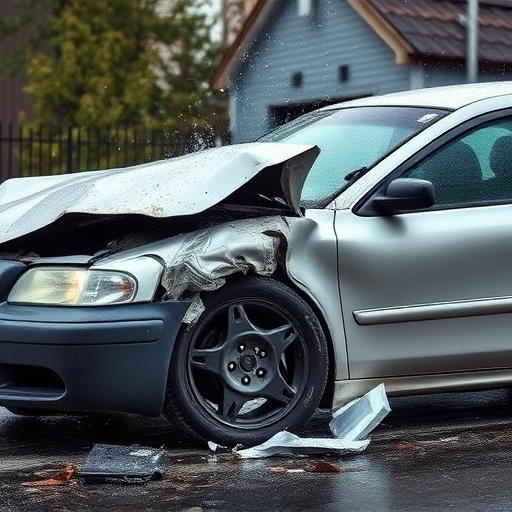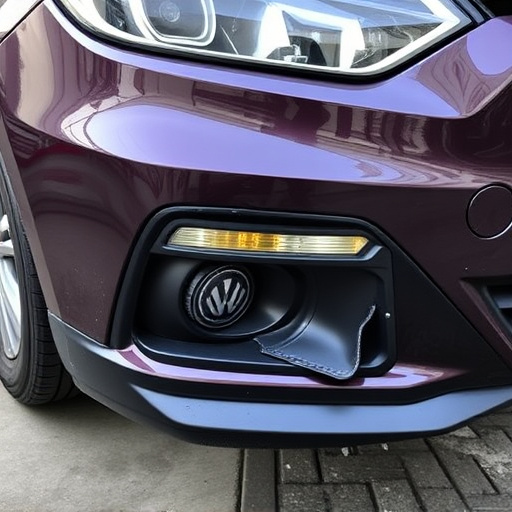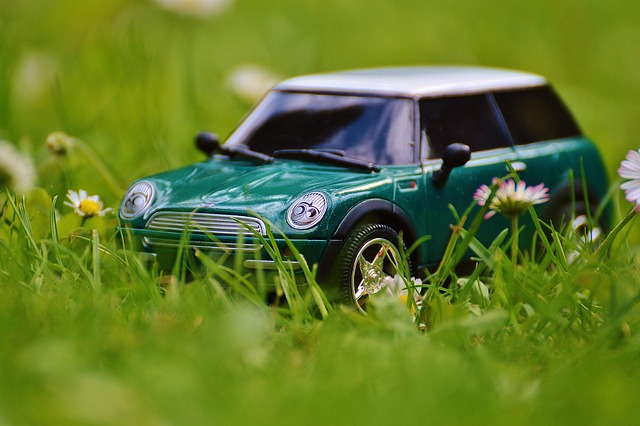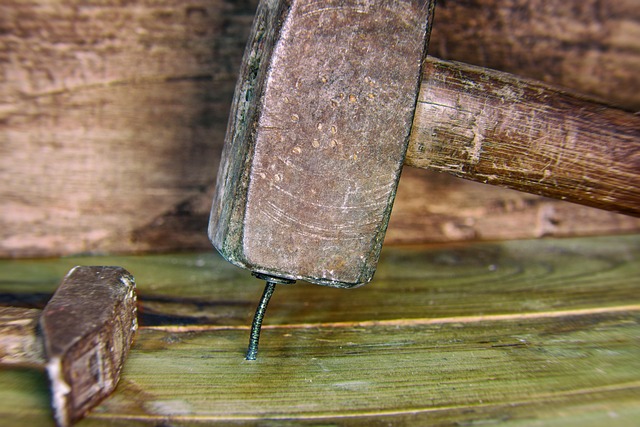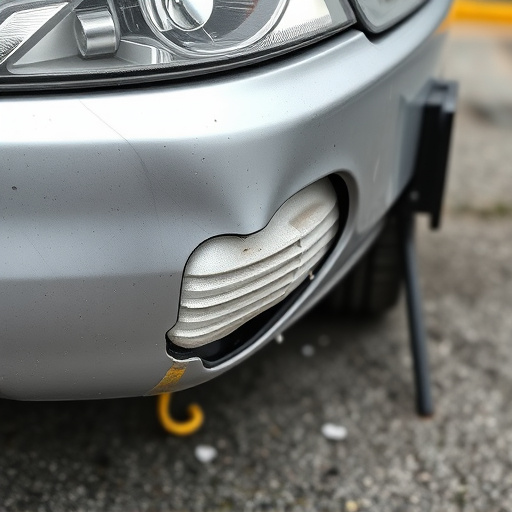Car paint restoration addresses damage from minor scratches to significant issues like dents and rust spots. Key steps include thorough washing, inspection for damage, using appropriate tools (e.g., sandpaper, compounders) for repairs, and applying topcoats for a professional finish. Advanced methods involve power washing, sanding, specialized primers/fillers, and frame straightening for complex repairs.
Car paint restoration is an art that can bring your vehicle’s exterior back to life. This comprehensive guide delves into the world of car paint restoration techniques, addressing common damage issues from minor scratches to significant chips. We provide a step-by-step approach for basic restoration, detailing tools and chemical solutions for advanced repairs. Whether you’re a DIY enthusiast or seeking professional tips, mastering these techniques will ensure your car’s paint job remains as vibrant and protective as ever.
- Understanding Car Paint Damage: Common Issues
- Step-by-Step Guide: Basic Restoration Techniques
- Advanced Restoring: Tools and Chemical Solutions
Understanding Car Paint Damage: Common Issues
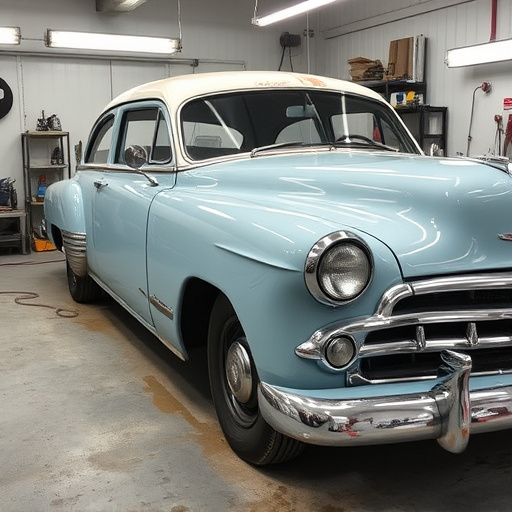
Car paint damage can arise from various sources, making car paint restoration a necessary service for many vehicle owners. Common issues include minor scratches and swirls caused by everyday contact with debris, environmental factors like tree sap or bird droppings, and more significant damage such as dents, deep scratches, or even rust spots. These problems not only detract from the car’s appearance but can also affect its resale value.
Understanding the type of paint damage is crucial for selecting the right restoration technique. Minor imperfections can often be addressed with polishes and compounders, while deeper issues may require more intensive methods like sandblasting or even complete repainting. An auto repair shop equipped with the latest car paint restoration tools and techniques will be able to diagnose and rectify these problems effectively, ensuring the car’s bodywork looks as good as new.
Step-by-Step Guide: Basic Restoration Techniques
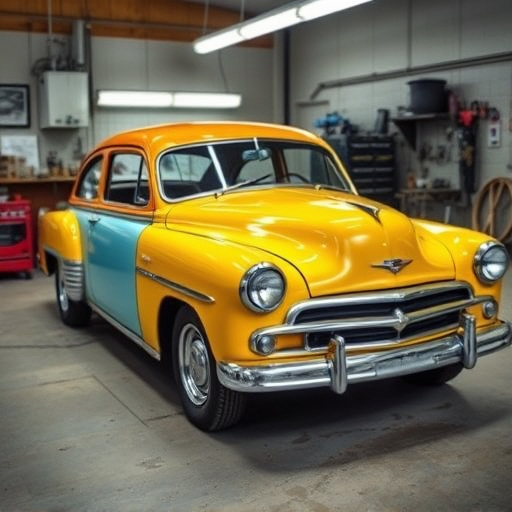
Restoring car paint involves a few simple steps that can transform your vehicle’s appearance. Start by washing the car thoroughly to remove any dirt or debris on the surface. This is an essential first step in auto maintenance, as it ensures a clean canvas for restoration work. After washing, inspect the car for dents, scratches, and other damage. For minor scratches, you can use a car scratch repair kit that includes a compound and polish to buff out the marks.
Next, prepare your workspace by laying down drop cloths to protect the surrounding area from paint overspray. Grab your restoration tools: a fine-grit sandpaper (around 600-800 grit), a car paint restoration compound, and a polishing pad. Lightly sand the damaged area with the sandpaper, being careful not to remove too much paint. Apply the restoration compound over the scratched or damaged zone, using a small amount of pressure. Once the compound is evenly distributed, let it dry according to the product’s instructions. Finally, buff the area gently with the polishing pad until the surface is smooth and the scratch is significantly reduced, revealing a restored shine comparable to that of an automotive body shop.
Advanced Restoring: Tools and Chemical Solutions
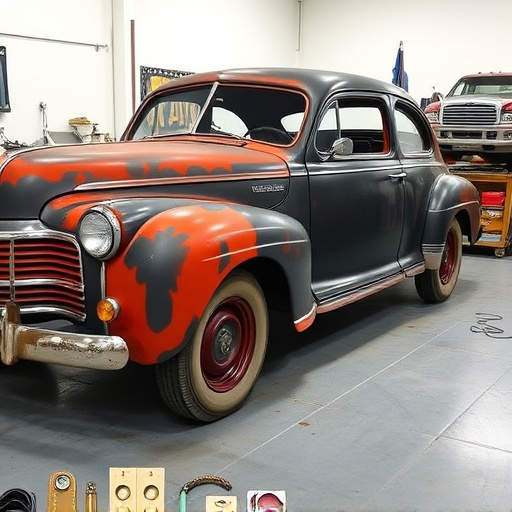
When it comes to advanced car paint restoration, the right tools and chemical solutions are essential. Professional restorers often rely on a combination of mechanical and chemical methods to achieve flawless results. Power washing is a common initial step, followed by sanding to remove stubborn stains and imperfections. This meticulous process prepares the surface for more precise applications.
Chemical solutions play a pivotal role in car paint restoration. These include specialized primers, fillers, and topcoats designed to match the original factory finish. For deep scratches or dents, restorers might employ putty knives or even advanced dent repair tools like pneumatic hammers. Frame straightening techniques are also utilized to realign warped panels, ensuring a seamless and uniform paint job once the repairs are complete.
Car paint restoration is a multifaceted process, from identifying common damage like scratches and chips to utilizing advanced tools and chemical solutions. By understanding the various techniques outlined in this article, you’re equipped with the knowledge to restore your vehicle’s paint job to its former glory. Remember, proper care and regular maintenance can prevent future damage, keeping your car looking sleek and vibrant for years to come.
